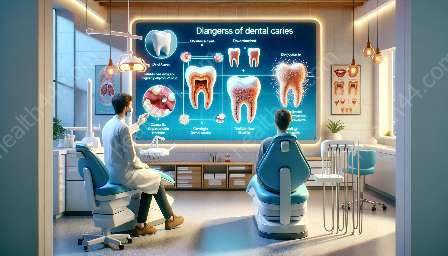Bad breath, also known as halitosis, is a common oral condition caused by various factors, including the role of bacteria in the mouth. In this article, we delve into the impact of bacteria on bad breath and explore its connection to poor oral health.
Bacteria and Bad Breath
Halitosis is often a result of the presence of bacteria in the mouth. These bacteria can produce foul-smelling compounds, leading to an unpleasant odor emanating from the oral cavity. The primary culprits behind this process are anaerobic bacteria, which thrive in the crevices of the tongue, teeth, and gums. These bacteria easily digest leftover food particles and dead cells, releasing volatile sulfur compounds (VSCs) as byproducts. These compounds, such as hydrogen sulfide and methyl mercaptan, are known for their unpleasant smell, contributing to the development of bad breath.
Effects of Poor Oral Health
Furthermore, poor oral hygiene and oral health issues can exacerbate the presence of these bacteria and the resulting bad breath. When oral care is neglected, bacteria accumulate and form a sticky, colorless biofilm called plaque on the teeth and gum line. This plaque not only provides an environment for bacteria to thrive but also harbors food particles, leading to increased bacterial activity and subsequent release of malodorous compounds.
As poor oral health persists, additional complications, such as gum disease (gingivitis and periodontitis) and tooth decay, may arise. These conditions create pockets of infection and inflammation, further promoting the proliferation of odor-causing bacteria. The presence of dental infections and decaying tissue also contributes to the release of additional volatile sulfur compounds, intensifying the unpleasant smell associated with bad breath.
Preventing Bacterial-Induced Bad Breath
Controlling the presence of bacteria in the mouth is crucial for preventing and managing bad breath. Practicing good oral hygiene, including regular brushing, flossing, and tongue cleaning, helps to reduce the accumulation of bacteria and their byproducts. Using antibacterial mouthwashes can also aid in controlling bacterial activity and minimizing the production of VSCs.
Moreover, maintaining routine dental check-ups and professional cleanings is essential for addressing underlying oral health issues and reducing bacterial load. Dentists can identify and treat conditions such as gum disease and tooth decay, providing a proactive approach to combating bad breath at its source.
Conclusion
Bad breath, or halitosis, stems from the presence of bacteria in the mouth and the subsequent release of malodorous compounds. Addressing the role of bacteria in bad breath and its connection to poor oral health underscores the importance of maintaining a thorough oral hygiene routine and seeking professional dental care. By understanding these factors, individuals can take proactive steps to combat bad breath and promote overall oral health.



